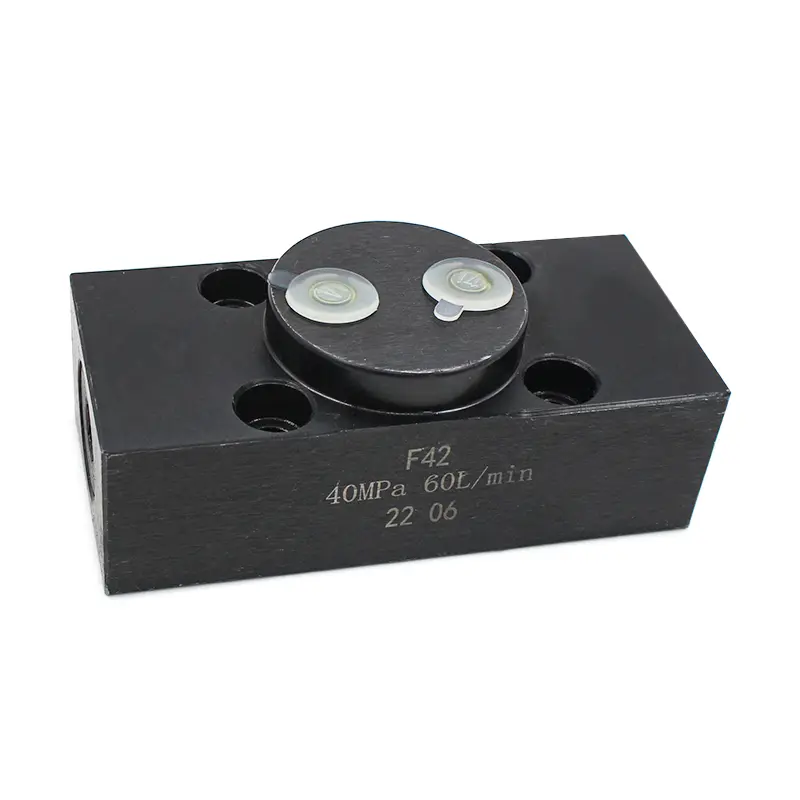
How to choose a suitable pilot-operated balancing valve
2024-03-26In the hydraulic system, the balance valve can realize balance protection control of the oil cylinder, and can play a role in leakage protection in case of oil pipe burst.
The work of the balance valve is not affected by back pressure. When the valve port pressure increases, it can also maintain a stable opening of the valve core.
Usually it can also play an overflow protection role in the circuit. Often used to control proportional systems.
It is best to install the balance valve close to the cylinder to maximize its effect.
The single balancing valve can control linear motion loads, such as high-altitude lifting platforms, cranes, etc.
The double balancer controls reciprocating and rotating loads such as wheel motors or centering cylinders.

1. The leading ratio is as follows:
①3:1 (standard) Suitable for situations with large load changes and stability of engineering machinery loads.
②8:1 is suitable for conditions where the load is required to remain constant.
2. Working principle
The one-way valve part allows pressure oil to flow freely into the cylinder while preventing the reverse flow of oil. The pilot part can control movement after establishing pilot pressure. The pilot part is usually set to a normally open form, and the pressure is set to 1.3 times the load value, but the opening of the valve is determined by the pilot ratio.
For optimized load control and different power applications, different pilot ratios should be selected.
The confirmation of the opening pressure value of the valve and the pressure value of the cylinder movement are obtained according to the following formula: pilot ratio = [(relief pressure setting)-(load pressure)]/pilot pressure.
The hydraulic control ratio of the balance valve is also called the pilot pressure ratio, generally referred to as pilot ratio in English. It refers to the ratio of the reverse opening pressure value of the balance valve when the pilot oil is 0 after the balance valve spring is set to a certain fixed value and the pilot pressure value when the balance valve with pilot oil opens in the reverse direction.
Different working situations and environments require different choices of pressure ratio. When the load is simple and external interference is small, a large hydraulic control ratio is generally selected, which can reduce the pilot pressure value and save energy.
In situations where load interference is large and vibration is easy, a smaller pressure ratio is generally selected to ensure that pilot pressure fluctuations will not cause frequent vibration of the balance valve core.
3. Summary
The pilot ratio is an important parameter in the operation of the hydraulic system. It can affect the locking force and unlocking force, locking performance and service life of the balance valve. Therefore, during the selection and use of the balancing valve, it is necessary to comprehensively consider the impact of the pilot ratio on its performance and select an appropriate pilot ratio of the balancing valve to ensure the reliable operation of the balancing valve.




